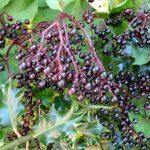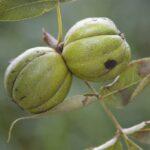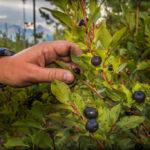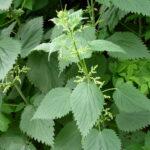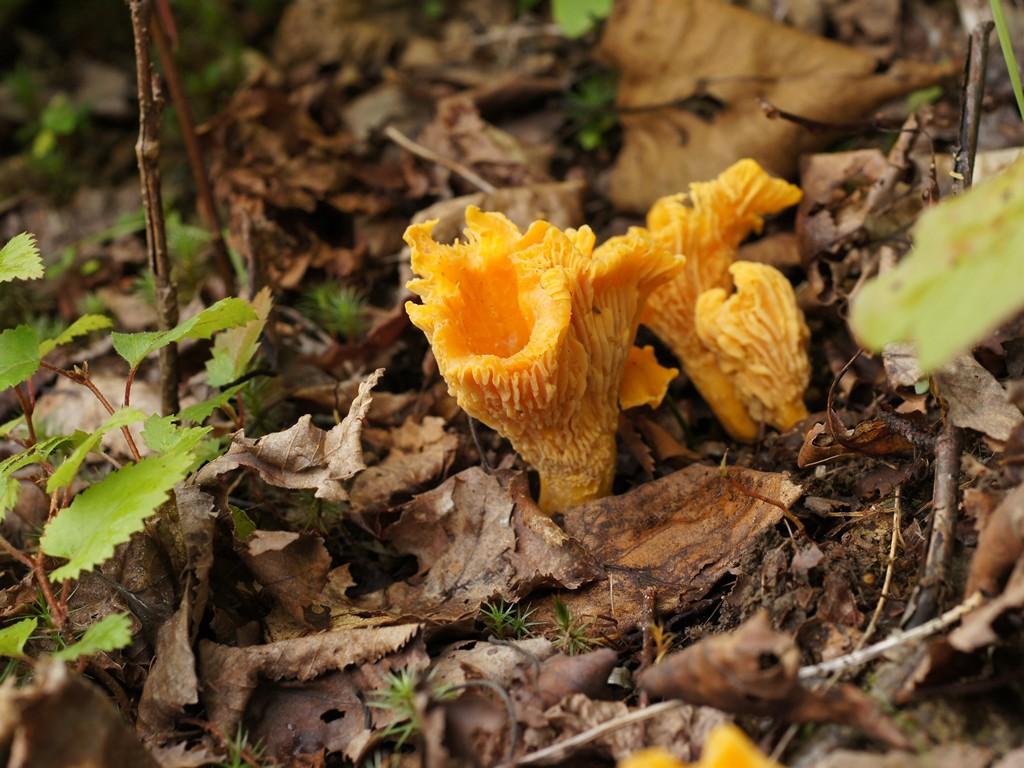
Foraging for wild foods in the forest can be a fun and rewarding way to supplement your diet with fresh, nutritious, and flavorful ingredients. The forest is home to a wide variety of edible plants and mushrooms that can be gathered and used in many different ways. In this guide, we will explore some of the most common and easy-to-identify wild foods that you can forage in the forest, as well as tips for how to prepare and store them.
Guide to Foraging for Wild Foods
- Berries — Berries are a common and easy-to-find wild food that can be found in many different types of forests. Some of the most common wild berries include blackberries, blueberries, raspberries, and strawberries. These berries can be eaten fresh or used to make jams, jellies, and pies.
- Nuts — The forest is also home to a variety of nut-bearing trees, such as acorns, hickory nuts, and walnuts. These nuts can be gathered in the fall and can be eaten raw or roasted, or used in baking and cooking.
- Mushrooms — The forest is an ideal habitat for a wide variety of mushrooms, both edible and poisonous. Some of the most common and easy-to-identify edible mushrooms include chanterelles, morels, and shiitake. These mushrooms can be cooked and used in a variety of dishes.
- Greens — Many wild plants in the forest can also be used as greens. Some of the most common wild greens include dandelions, wild lettuce, and wild spinach. These greens can be eaten raw in salads or cooked like spinach.
- Herbs — The forest is also home to a variety of wild herbs, such as wild garlic, wild onion, and wild ginger. These herbs can be used to add flavor to dishes and can also have medicinal properties.
When foraging for wild foods in the forest, it is important to always be aware of your surroundings and to take proper precautions, such as wearing protective clothing and using proper tools. Additionally, it is important to be aware of any local laws and regulations regarding foraging, as well as to only gather what you need and not to over-harvest any area.
Keywords: Foraging, wild foods, forest, edible plants, mushrooms, berries, nuts, greens, herbs, foraging guide, foraging for wild foods, steps to foraging for wild foods, foraging for wild foods in the forest
Check out our Novel Writing Workbooks
Check out Little Tree Food Forest for articles on food forests and homesteading.
Check out FoodieScapes for articles on growing, fermenting and preserving food
Check out StoryScapes.World for articles on writing.







